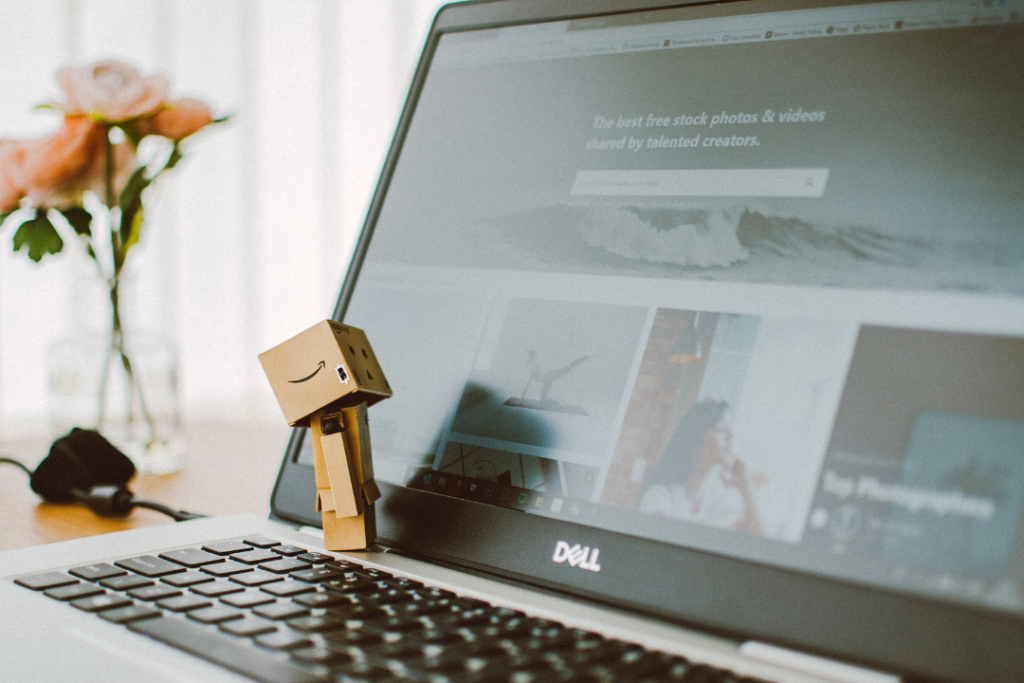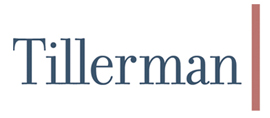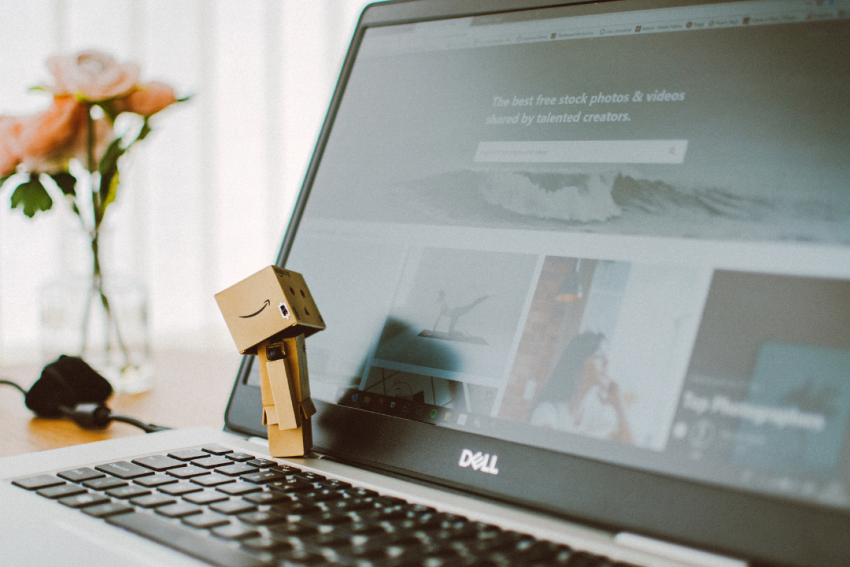As Amazon closes its Fashion stores, the question arises: How can technology reignite the allure of in-store shopping? Discover how an AI-driven personal shopper app and a combination of user-friendly technologies could revolutionize the retail landscape and give shoppers a compelling reason to hit the mall.

Amazon recently announced that they are closing their two Fashion stores. The announcement follows their closure of stand-alone book stores and other non-grocery stores. I read an interesting article about it in WWD in which Neil Saunders, managing director of GlobalData, described the stores as “an interesting enough concept, with well-designed and pleasantly merchandised stores.” He continued though, “in our view, the automation of the fitting rooms is an over-engineered solution in search of a problem.”
It seems like a great technology put to the wrong application.
It got me thinking. There is a problem that this solution could help solve. Simply put, how do we get people excited about shopping in a store. Is there anything that can save a Mall and make it relevant again? I started to think about how great it would be for an in-store app to tell me what products I should check out (that are in the store I’m in) that would go with the purchases I am currently considering. An AI driven personal shopper that helps me look for different or complementary styles. As someone who tends to always buy different versions of the same thing, I would be eager for some direction. As a merchant, I would be excited to increase multiple sale opportunities. It seems like a no-brainer for growth and could be a great differentiator for a retailer. The best part is that all the tech already exists. It’s just a question of connecting the dots.
There are already companies using tech to improve shopping experiences, but those that I’ve read about seem to be following the trend of over-engineering and over-complicating things.
A Retail Dive article from last year outlined some on-going store level tech initiatives at a few retailers that provide some improvements in terms of shopping assistance, but they seem to come with a lot of hardware needs and staffing needs. According to the article: “H&M started using a smart mirror in some COS stores in May, where customers can get personalized styling recommendations from the mirror as it senses what products — including their size and color — shoppers brought in. Customers can request new items to be sent to their dressing room without needing to leave the space. The retailer also started testing mirrors on the showroom floor that can assist with virtual try-ons, as well as returns.” The article goes on to say that “Savage x Fenty opened its first store in Las Vegas this January, which has fitting rooms with digital kiosks that shoppers can use to scan products to check prices and see similar items.”
Unfortunately, it sounds like these approaches are not being received well by either shoppers or associates. In-mirror technology can be a little violating for many consumers and while designed to create efficiency for the store associates, it seems to be creating more work in both extra service time and teaching customers how to use the tools.
Again, it sounds like the right idea being over-engineered.
There is a big opportunity for a retailer combine different elements of existing, easy to use, technology together to create a truly special shopping experience.
It should be a difference make to solving the very real problem of giving shoppers a compelling reason to go to the store. It will be interesting to see who cracks the code first. I’m sure someone will.




